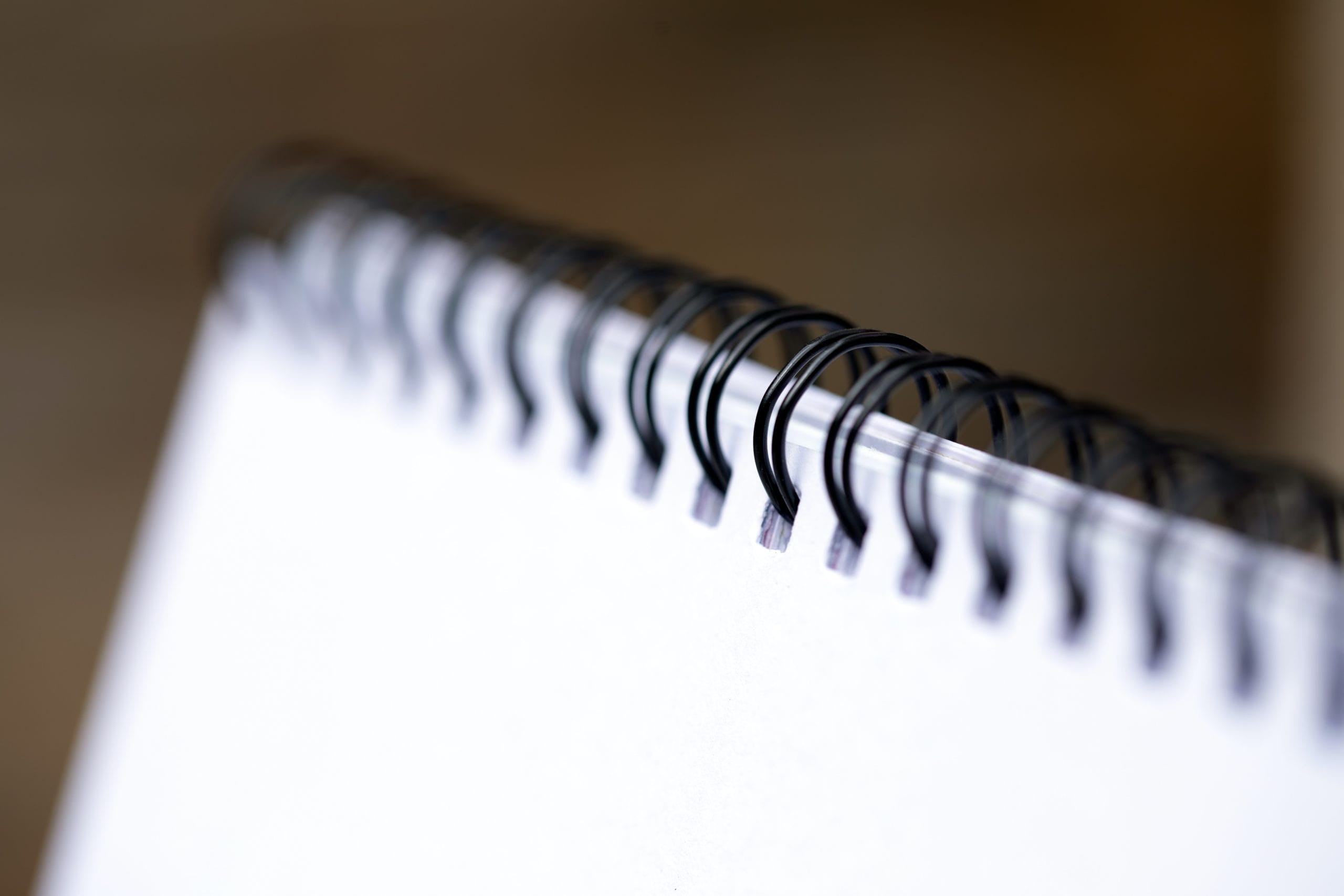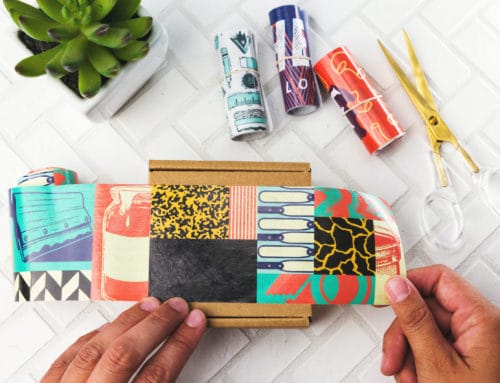Written by: Paula Fargo
Mr. Leonard Pinth-Garnell from Baltimore, Maryland emails and asks:
Q: I’m very confused about how I should bind my company’s reports, can you please help me?
A: Thanks for contacting us, Mr. Pinth-Garnell, we’re happy to help you out of a bind! We have several types of mechanical binding options from which to choose, here at your professional Baltimore printing company. Mechanical binding (as opposed to gluing or folding/stapling) involves punching some sort of series of holes along the edge of your document and then inserting some type of metal or plastic thread or string to bind your pages together.
Some of the most common are: Plastic Comb, Plastic Coil, Wire-O and Velo.
The costs vary between these types of mechanical binding, due to the expense of the elements, the size of the book, and the time taken to punch and bind. Each type of binding works well in different circumstances.
Normally, Plastic Comb binding is the least expensive. It is relatively easy for us to unbind, add or take out pages, and then rebind if you have edits down the road. Some people don’t think Plastic Binding looks as professional as the other types, but for larger documents, or a smaller budget, it does a great job.
Plastic Coil (some call this “spiral”) binding has lots of great features to recommend it! This type of elements comes in many colors, including neon options! It looks neat and professional, like something you might buy in a store. Pages turn easily and stay flat when the book is open. It might not mail too well unless it’s packed well, because the binding is round and tends to be a little lumpy in an envelope. Also, it’s not a simple matter to remove the binding element and replace pages; if that is a likely occurrence, perhaps Plastic Comb might be better.
Wire-O (some call this “wire”) binding also has some limited color options. This is a very high-end look, very minimalist and understated, and more pricey than the other mechanical binding types. It works best on thinner documents. Pages stay open with this type, but you shouldn’t really flip the pages around to hold the book open to see inside pages. It’s also not as robust as the Plastic Coil binding. It has a smaller profile, so it’s not a problem to mail. And in order to replace pages, the entire binding usually has to be cut off and redone.
Velo binding has various color options, although this type of binding is not particularly attractive and so different colors probably won’t improve the looks. This mechanical binding will usually not stay flat if you want to work with the inside pages, so it’s not particularly user-friendly. It is very flat and so is the best type for mailing. It is permanent, meaning you literally have to rip the binding apart to get the pages out. This binding type is commonly used for legal purposes.
So there you have it! As your favorite Baltimore printer, we are happy to show you physical samples of these binding types in order to help you make up your mind. Come on in and see us soon!
P.S. – To discover another type of binding (Perfect Binding), check out our previous blog here.
[/fusion_text][/fusion_builder_column][/fusion_builder_row][/fusion_builder_container]







I found it interesting when you mentioned that plastic Comb binding is the least expensive type of binding. I am looking to get a new book binder for my office and I am thinking about which type to get. Thanks for the information and I hope that I can get a good binder for myself!